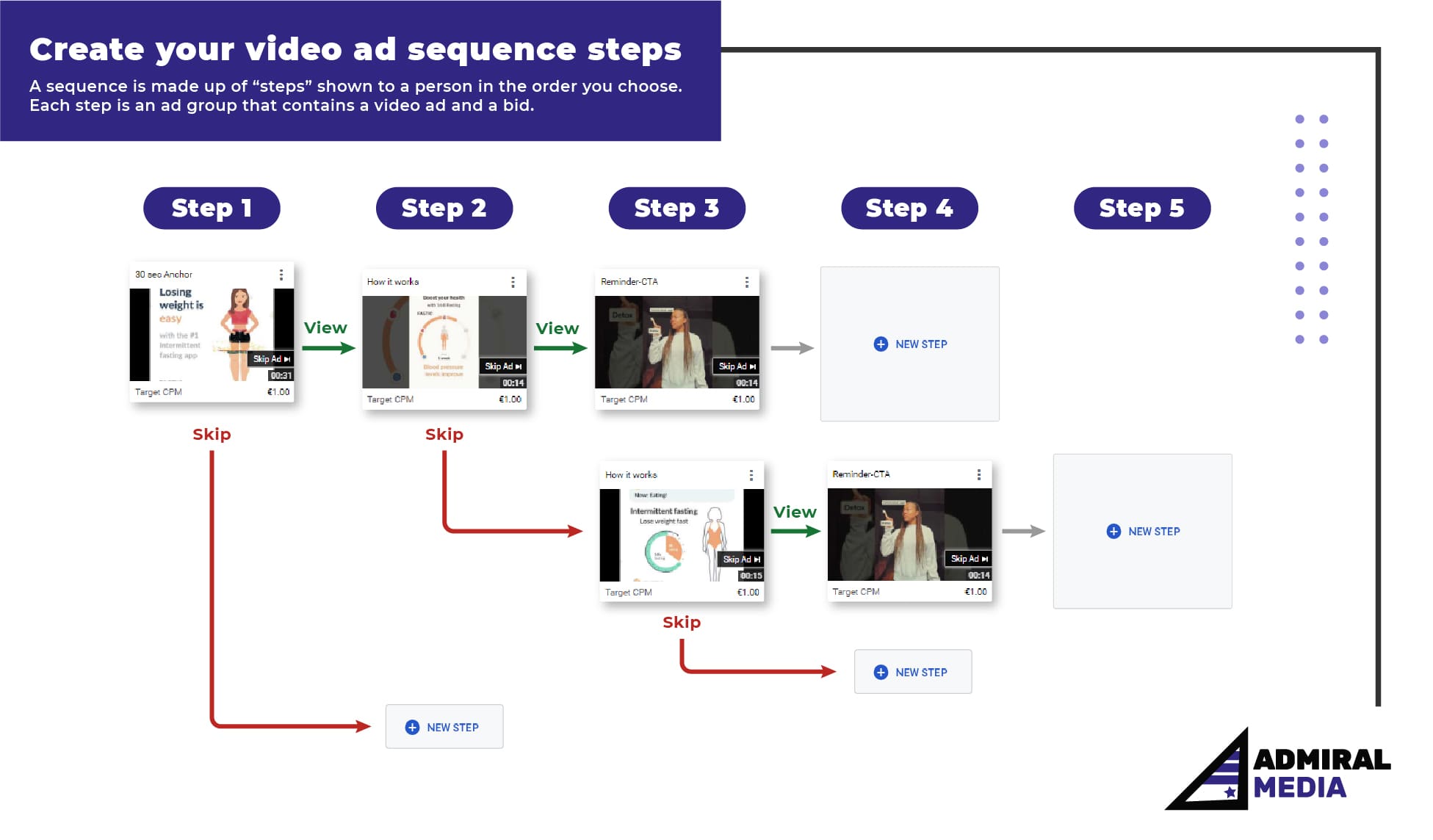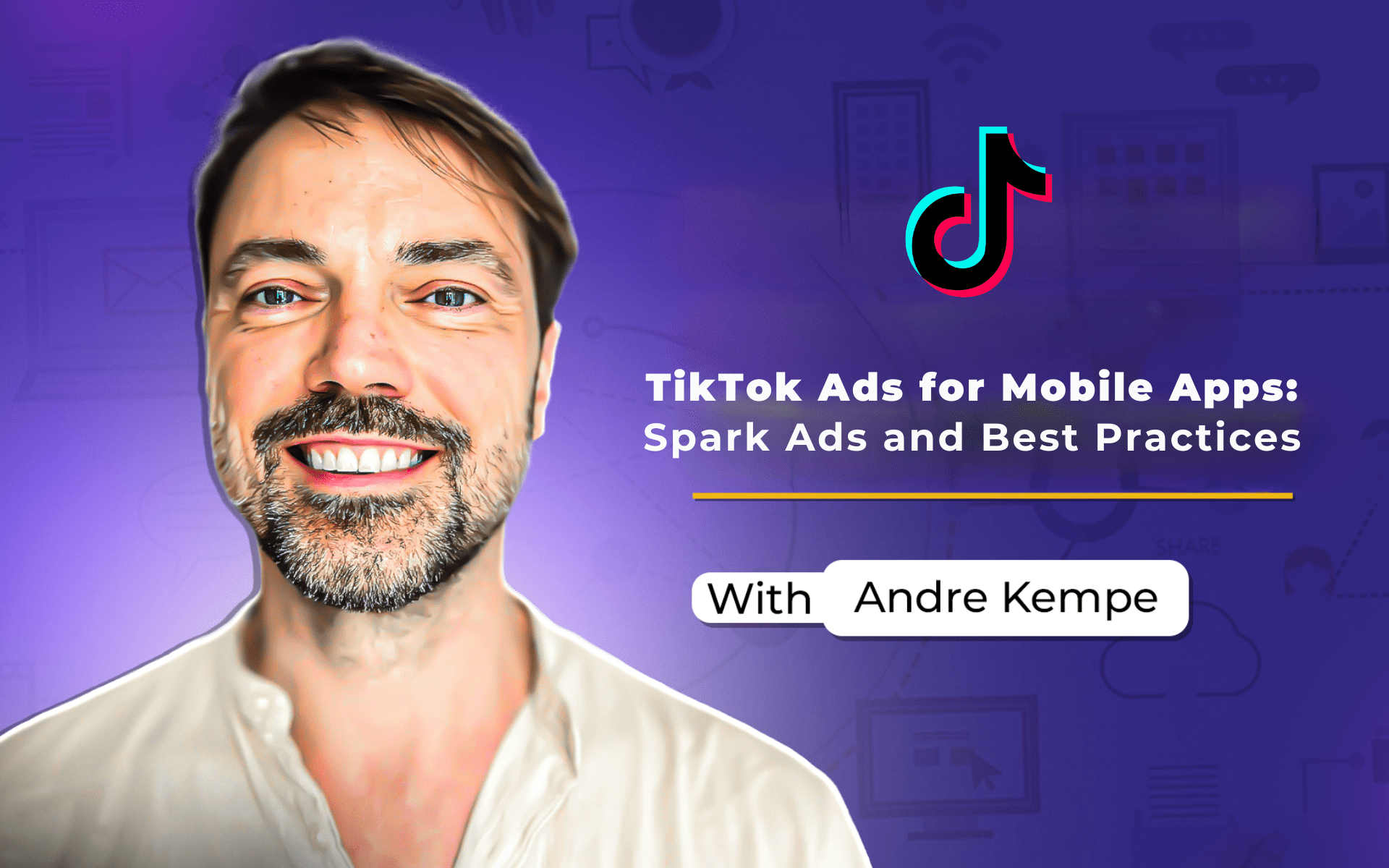After reviewing the 7 best practices for Google App Campaigns, below we have compiled a complementary list of Google launches, updates, and recent refreshes, as well as a quick guide for who wants to understand each of these changes.
Table of Contents
Let’s start with whitelisting features
- Audience Exclusions: you can exclude existing users from app campaigns using Firebase Audiences, which lets you segment your users in ways that are important to your business. You can segment by event and by user property (e.g., age, gender, language), and combine events, parameters, and properties to include practically any subset of users. As Firebase gets new data about users, their audience memberships are reevaluated to ensure they still meet the audience criteria. If the latest data indicate they no longer meet the criteria, they are removed from those audiences. This way you can exclude unrelated, and therefore unprofitable audiences. By reaching only the audiences that are relevant to your business, you can help reduce your costs and increase the likelihood your ad will attract clicks and conversions.
- Product Feeds for App Ads: by creating product feeds you can accomplish 2 things, first is that you provide more signals to the algorithm, and second, you show ads with more information – in the Display Network for now (soon on YouTube as well). In this way you can also accomplish 2 things: you improve the performance of the campaigns, and you also offer more options to the users, so you increase the chances of them clicking your ads for the right reasons. You could find that in campaign settings if whitelisted and add any brands as “products”.
- App re-engagement campaigns: needs a separate account but we could retarget users (via Firebase Audiences) with app ads.
- Discovery Ads: we are currently testing it, no traffic so far, but we’ll keep you updated on this matter too.
YouTube Ad Sequencing
It’s an amazing product from our POV to frontload the user with lots of information and tell a great story. You can drive impact and create rich stories that reach your most important audiences. Storytelling is key to effective advertising and YouTube Video Ad Sequencing is a new tool to help you tell the story of your brand, product, or service across a series of video creatives and video ad formats in order to create lasting impact – across a single bid type.

Beyond the first impression – see below example – YouTube serves different videos throughout the day depending on the rules you set.


Smart display campaigns
Definitely worth testing. It is good for web conversions, display ads, automate, and then optimize targeting, bidding, and ads. Powered by Google’s machine learning, a Smart Display campaign can automatically find new and existing customers, set the right bids, and create engaging ads that adapt to any screen or ad space across the web and apps. Smart Display campaigns combine your assets — headlines, images, and more — to create responsive display ads, which have replaced responsive ads as the default ad type for the Display Network. These ads can even transform into native ads, blending seamlessly into the look and feel of publishers’ sites.
Custom Details Page for app campaigns
It allows you to differentiate and customize your landing pages. With relevant creative themes instead of using only one generic image for all. That results in a more dynamic look and it’s definitely more helpful for the user. It’s absolutely new in the ad space and worth mentioning that Apple doesn’t have it yet. If you want to read about it more, check our latest article out! There are rumors that Google is rolling this back at the moment though. It seems the performance was not convincing, management is too difficult. We keep you posted.
iOS video only ads
Correct measurement setup and event tracking are crucial to your App campaign’s success. Good to remember though that the search on Safari is not being measured with your MMP anymore. So whenever someone is clicking your ad on Safari (on an iOS device), and once they install our App, the purchases are attributed as organic since. Therefore the results of an iOS campaign always look worse. Especially compared to an Android campaign in the reports by any third-party mobile measurement partner, like Adjust or Appsflyer.
To avoid this or to have a clearer picture of the iOS performance you can manually find out how the searchers are performing overall for your iOS campaign. Or you can create a separate campaign that is only running on YouTube & Display Video inventory. Ask your account manager for a “video-only campaign”. We have seen massive improvements in such campaigns. But obviously, you are missing out on any search volume. Those users won’t see your ads anymore. A workaround would be to set up a separate text-only campaign to at least capture a little part of iOS search users.
A lot more info is coming soon, so stay tuned! But if you are interested to get in touch with us for further information,





